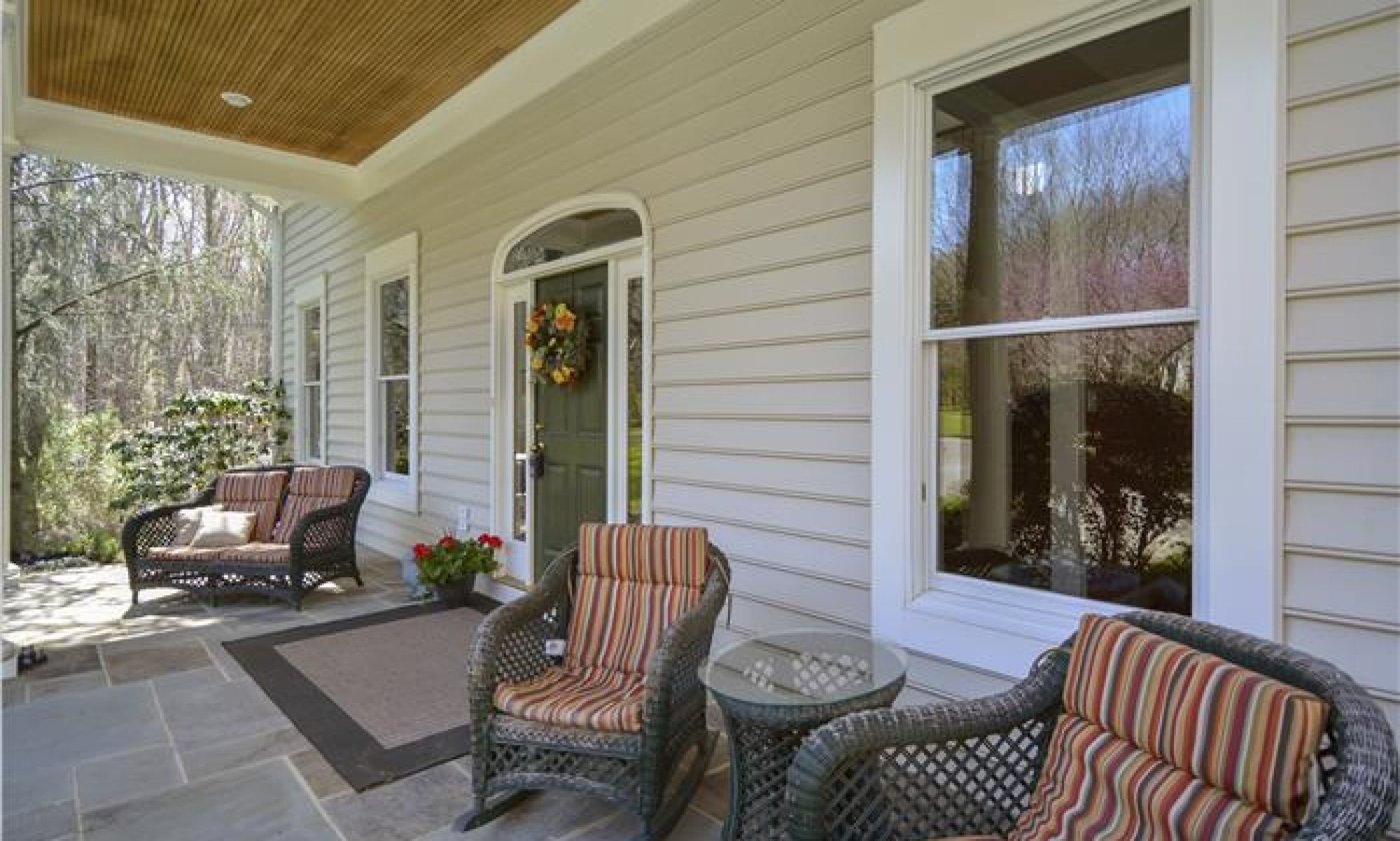by Dan Krell © 2010
Foreclosures have been the focus of headlines for a couple of years. Monthly statistics of home owners losing their homes has created a debate about solving a crisis that has been sucking the life out of the economy and our communities. Clearly many financially challenged home owners do not have a choice about leaving their homes. However, the trend of homeowners who are deliberately not paying their mortgages is a telling story.
“Strategic default” is a term that is used to describe the processes of non-payment of a loan by a borrower who has the financial ability to pay. Although strategic default is typically used to describe the “walking away” from a financial obligation by a home owner who is not having financial difficulty, the term has become loosely used to encompass any home owner that walks away from their mortgage.
As home values have decreased, there are an increasing number of home owners who are realizing that the amount they owe to their lender is more than the value of their home (this is also known as negative equity). Increasing sentiment among many home owners is that they don’t want to continue paying for a home for which they no longer have equity. The growing number of strategic default advocates, which have spawned popular web sites such as YouWalkAway.com, may be indicative of a “movement” of sorts.
 However, not all home owners who are under water will walk away from their homes; there are many moral and ethical arguments, as well as other consequences, against the strategic default of a mortgage.
However, not all home owners who are under water will walk away from their homes; there are many moral and ethical arguments, as well as other consequences, against the strategic default of a mortgage.
Most of the research conducted after the recession of the early 1990’s (when mailing a house key to the lender was not uncommon) concluded that the lower the down payment (including down payment assistance) combined with negative equity results in significantly higher incidents of strategic default. So even though it was likely that lender analysts and actuaries knew the risks of borrowers not having “skin in the game,” they hedged their bets on an appreciating economy.
Contemporary research has pointed to the same factors when it comes to strategic default:
Downing, Stanton, & Wallace (An Empirical Test of a Two-Factor Mortgage Valuation Model: How Much Do House Prices Matter? Real Estate Economics. 2005, vol 33, Iss. 4; p. 681) concluded that mortgage termination models that do not include house price changes present significant bias to price and hedge ratios.
Austin Kelly (“Skin in the Game”: Zero Down payment Mortgage Default. Journal of Housing Research. 2008. Vol. 17, Iss. 2; p. 75) found that mortgages that required no money from the borrower (either zero down payment or receiving down payment from other sources) had significantly higher incidents of defaults.
Edmiston & Zalneraitis (Rising Foreclosures in the United States: A Perfect Storm. Economic Review – Federal Reserve Bank of Kansas City. Fourth Quarter 2007. Vol. 92, Iss. 4; pg. 115) concluded that the number of strategic defaults will increase as home values decrease and the owners are unlikely to sell.
As more options become available to home owners considering a strategic default, simply walking away without consideration of moral, ethical, and legal consequences may not be prudent. Lenders are increasingly becoming interested in working with home owners rather than have them walk away. As always, consult your attorney and/or CPA for assistance with such legal and financial decisions.
This article is not intended to provide nor should it be relied upon for legal and financial advice. This article was originally published in the Montgomery County Sentinel the week of March 1, 2010. Using this article without permission is a violation of copyright laws. Copyright © 2010 Dan Krell
